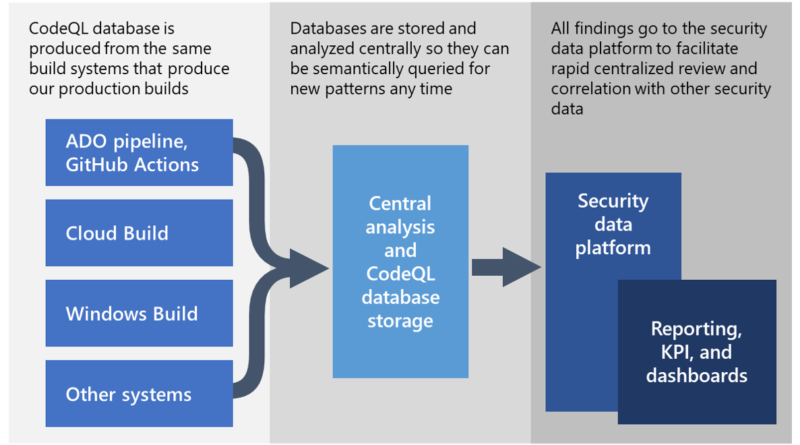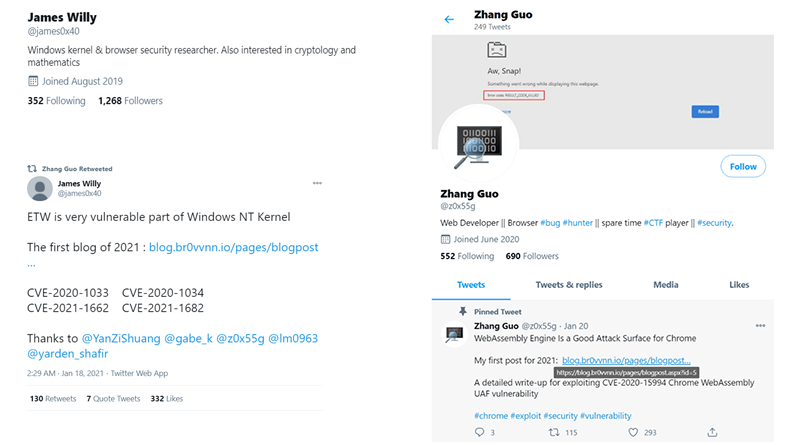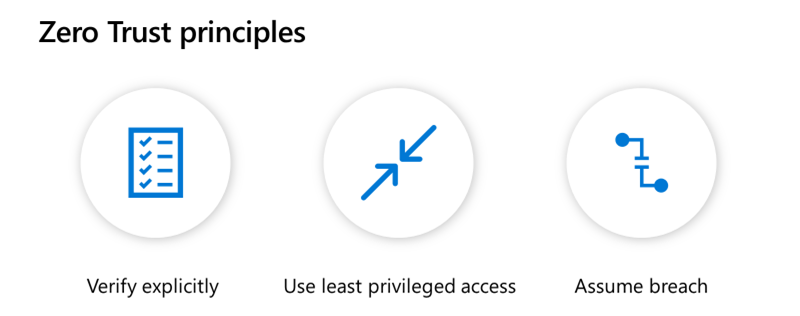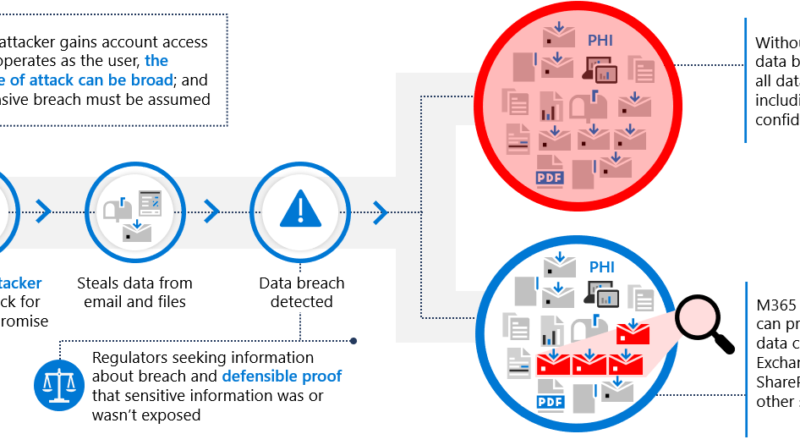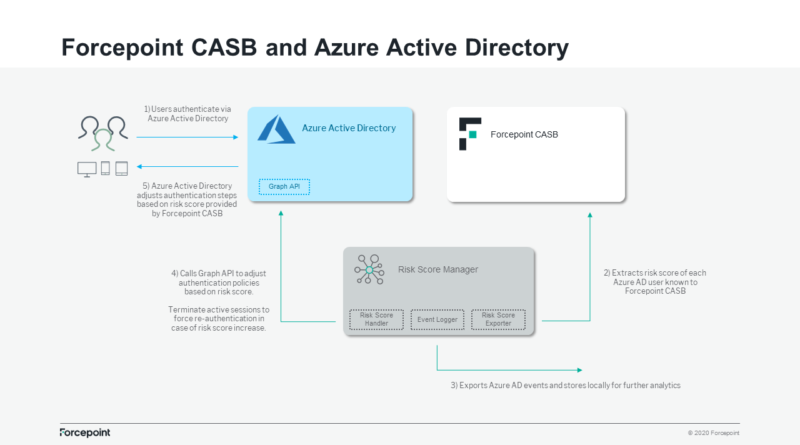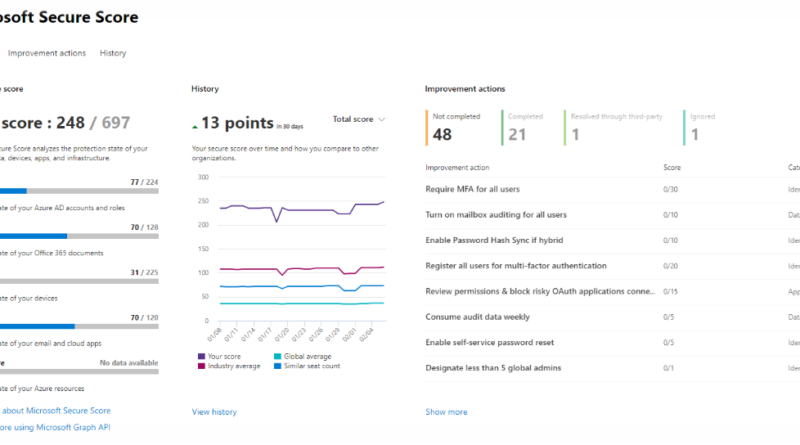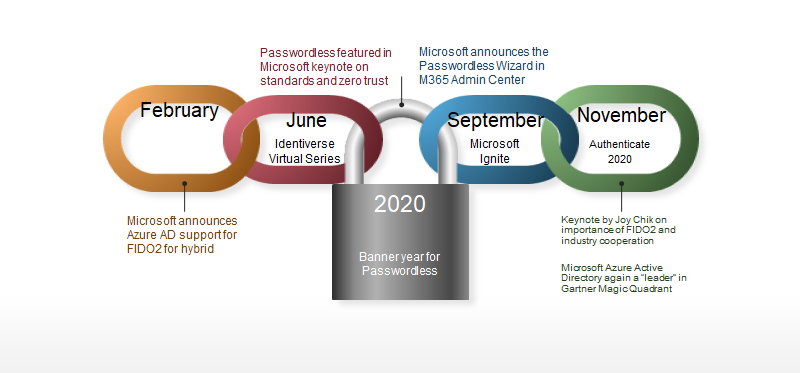Cyber Signals: Risks to critical infrastructure on the rise
Today, the third edition of Cyber Signals was released spotlighting security trends and insights gathered from Microsoft’s 43 trillion daily security signals and 8,500 security experts.
The post Cyber Signals: Risks to critical infrastructure on the rise appeared first on Microsoft Security Blog. READ MORE HERE…



